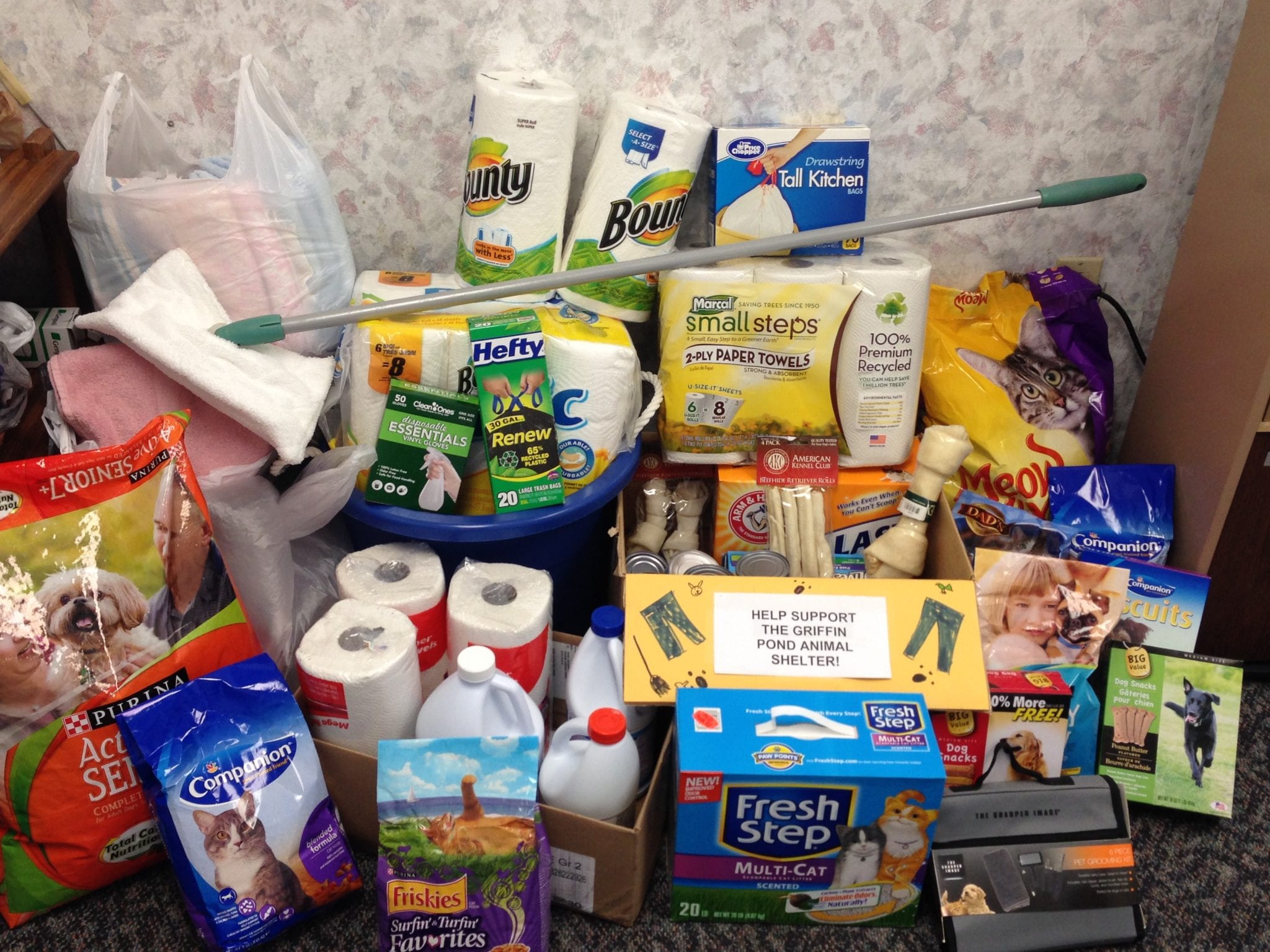
Volunteers who work at animal shelters give so much more than just their time and money. They give back blood, sweat, and tears to the animals that have no one else in the world on their side. The volunteers are the caretakers for sick, lonely, and often sad animals. If you can’t possibly adopt one more animal, but are still a true animal lover at heart — the best thing to do is find a way to give back to shelters to ensure that someday, maybe someone else can. Giving back prolongs the lives of the animals in the shelters, and help the shelters stay up and running since often times their main source of income is from the generous efforts of kind individuals.
Check out these easy ways to make a difference, and get inspired to give back!
1. Money
Money is the first thing people think of when wanting to donate to a cause. And money is absolutely useful and needed: it helps pay for medical procedures for animals, it pays for food, transportation costs, toys, along with the bills for the building housing the shelter itself — money does go a long way.

If you don’t have money, or at least don’t have a lot of it. Don’t fret! Any amount is useful. The important part is that more and more people see that it’s the concerted effort of many and not a few that keep operations like this up and running.
2. Time
The next thing you can do is become one of those selfless volunteers. That’s right, giving back can be as simple as donating some of your free time.
Even if you can only spend a couple hours every weekend doing things like walking shelter dogs, and playing with shelter kittens, you’re ensuring a healthier mental state for these ownerless animals.

3. Things
Most shelters will tell you up front that they thrive on donated goods, even goods that are not new.
Animal shelters appreciate gently used towels, food bowls, and even toys for animals.
Another important and overlooked necessity is cleaning tools to keep cages and veterinary spaces sanitized. Clorox, paper towels, and clean, empty spray bottles are absolutely needed and appreciated.
4. Spay and Neuter
Unfortunately, common house pets have a propensity to still act like the wild animals they are when they haven’t been fixed yet. This becomes a huge issue for shelters all around struggling enough as it is to make room for new pets coming in — this problem is only exacerbated by irresponsible owners who don’t nip the problem in the bud. Though this chart only illustrates the repercussions of not fixing a male and female cat, the same can be said of many other common household pets, like dogs. It’s important to realize that the procedure is not cruel or painful to the animal, and in the long run keeps animals from over filling shelters, or dying alone on the streets because there were simply too many of their kind to rescue.

5. Be Their Voice
Animals don’t have a voice, or at least at this point in time our technology can’t decode their words for us just yet.
It doesn’t take a genius, however, to see that animal shelters are grossly underfunded, and that more animals are homeless than should be.
If you find that you can’t help with any of the suggested items on this list, the next best thing is to be their advocate verbally. Suggest a shelter pet to a friend looking for a dog or bring these needs up in conversations to family looking to volunteer.
Together, all of us can make a difference.
[adinserter block=”7″]
[adinserter block=”2″]